After a month of continuous chest pain during exertion, a 49-year-old man in Hanoi visited MEDLATEC General Hospital for examination.
Here, doctors discovered he had an extremely rare congenital heart defect, single coronary artery disease, type LII-B, which can cause myocardial ischemia and the risk of sudden death if not detected promptly.
Patient NVT said that recently he often had chest pain behind the sternum, especially when exercising or doing heavy work, the pain reduced when resting. He had a history of smoking cigarettes and tobacco, which increased his concern about cardiovascular disease.
 |
| CTA image. Left image: A normal person, two coronary artery branches originating from two separate roots. Right image: The patient's two coronary artery branches originating from a common root |
At MEDLATEC, patients are assigned to perform basic tests such as chest X-ray, electrocardiogram, cardiac enzyme test...
However, all the indicators were within normal limits. Because the symptoms were unclear and difficult to conclude, the doctor ordered a coronary computed tomography angiography (CTA) to find the exact cause.
The CTA results showed that the patient had a rare congenital abnormality called single coronary artery, type LII-B. This abnormality causes both the left and right coronary arteries to originate from a single root instead of two separate roots.
Notably, Mr. T.'s right coronary artery branch followed an abnormal path, sandwiched between the pulmonary artery and the aorta, causing a congenital narrowing of about 45% of its diameter. This was the cause of his chest pain during exertion, a warning sign of myocardial ischemia.
According to Dr. Tran Van Thu, Deputy Director of the Diagnostic Imaging System, MEDLATEC General Hospital, single coronary artery is one of the very rare congenital heart defects, appearing in only less than 0.05% of the population.
Normally, the heart has two coronary arteries, the left and right, originating from two separate locations on the coronary sinus of the aorta, supplying blood to the heart muscle. But in people with this defect, there is only one coronary artery originating from a single location and then branching out to supply the entire heart.
Type LII-B, classified by the Lipton system, is classified as having a high-risk pathway. In this variant, the right coronary artery branch originates from the left sinus of Valsalva, then passes between the aorta and the pulmonary trunk, a site prone to compression, especially during exertion, reducing the blood supply to the heart and possibly leading to sudden death.
“Fortunately, the case was detected in time. If it had been ignored or treated improperly, the risk of serious complications would have been very high,” Dr. Thu emphasized.
Accurate diagnosis of this anomaly depends on modern imaging techniques. Among them, coronary computed tomography angiography (CTA) using a 128-slice CT scanner is currently considered the gold standard for detecting single coronary artery disease.
This method not only accurately determines the origin and path of the artery, but also helps assess the degree of stenosis and analyzes the correlation with large blood vessels to develop an appropriate treatment plan.
In asymptomatic cases or with favorable vascular pathways, patients may be indicated for periodic monitoring without intervention.
However, if there are symptoms of chest pain, difficulty breathing or CTA images show a dangerous vascular path, doctors will consider surgical intervention to change the origin of the coronary artery or recreate a new vascular opening to ensure that blood flow to the heart is not interrupted.
Dr. Thu also said that most cases of single coronary artery anomalies are only discovered by chance when the patient goes for a general health check-up or CTA scan due to suspected cardiovascular disease. This shows the importance of regular health check-ups, especially in people with risk factors such as smoking, high blood pressure, lipid disorders or symptoms of chest pain and fatigue during exercise.
“Early detection of potential congenital abnormalities can help prevent serious complications, even sudden death. People should have regular cardiovascular health check-ups at least once or twice a year, especially when there are unusual signs,” the doctor recommended.
Source: https://baodautu.vn/phat-hien-di-tat-tim-bam-sinh-cuc-hiem-nho-kham-suc-khoe-dinh-ky-d407500.html


![[Photo] General Secretary attends the parade to celebrate the 80th anniversary of the founding of the Korean Workers' Party](https://vphoto.vietnam.vn/thumb/1200x675/vietnam/resource/IMAGE/2025/10/11/1760150039564_vna-potal-tong-bi-thu-du-le-duyet-binh-ky-niem-80-nam-thanh-lap-dang-lao-dong-trieu-tien-8331994-jpg.webp)
![[Photo] Opening of the World Cultural Festival in Hanoi](https://vphoto.vietnam.vn/thumb/1200x675/vietnam/resource/IMAGE/2025/10/10/1760113426728_ndo_br_lehoi-khaimac-jpg.webp)


![[Photo] Ho Chi Minh City is brilliant with flags and flowers on the eve of the 1st Party Congress, term 2025-2030](https://vphoto.vietnam.vn/thumb/1200x675/vietnam/resource/IMAGE/2025/10/10/1760102923219_ndo_br_thiet-ke-chua-co-ten-43-png.webp)




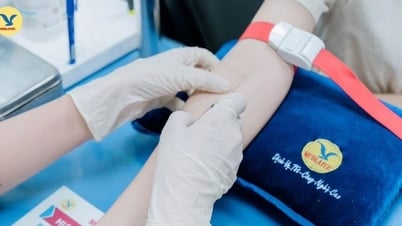


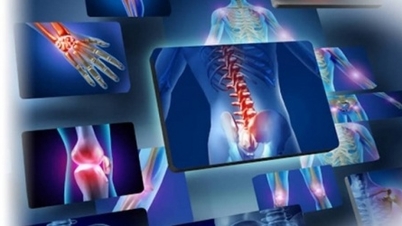




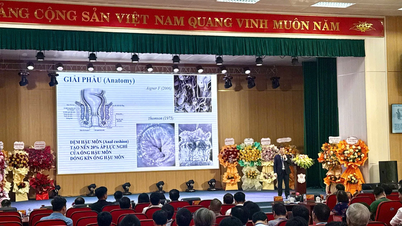


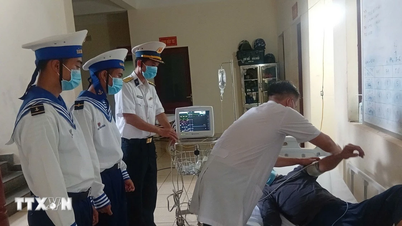


































































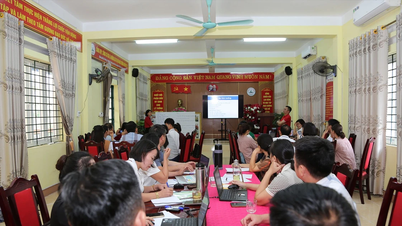
















Comment (0)